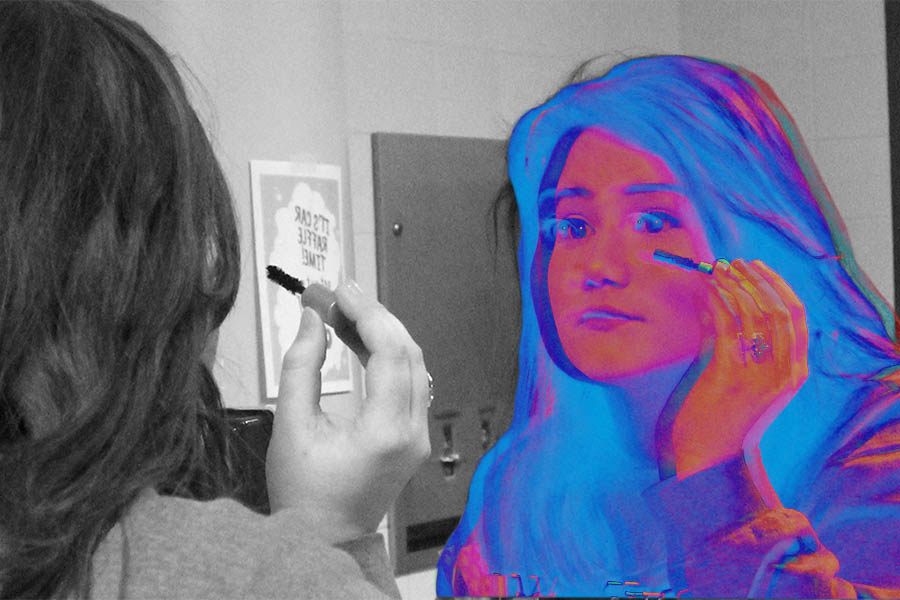Internet Standards
Beauty standards are becoming worse due to the constant use of social media.
Comparing. Checking. Obsessing. Believing. These are the stages that most people go through when looking at social media. Comparing their body to an unrealistic expectation. Checking to see if their photo is “good enough” to even post. Obsessing about the number of likes and comments in comparison to their friends. Believing that they could never measure up to the beauty standards and are just one ugly duck. Beauty standards are greatly affected by the internet in a negative way.
Society has made it very easy for people to tear themselves down on the internet. Beauty standards have gotten dramatically worse because of how people look at themselves in vain and then subconsciously compare themselves to others according to the Healthy Teen Project. This allows us to most likely be the first to tear ourselves down. In a study done by Florida House Experiences, 1,000 men and women were surveyed to see how they saw themselves on social media. 87% of women and 65% of men compared their bodies to other strangers on the internet, 50 % and 37 % of men looked at themselves negatively. Social media models and celebrities increase this already staggering statistic. They give people someone to look up to, but that person is unrealistic; having been photoshopped or pampered in ways that a normal person can not access. This makes it hard for people to accept their “normal” reality and see themselves as attractive too.
It is a common thought that people on the internet only put their best of the best out there, their “highlights.” When younger people look at these “highlights,” they see what they want to be, and their young mind is shaped into thinking this is real. In reality, life is much less filtered and photoshopped than Instagram is.
Wanting to become this perfect person can cause mental health problems, with “some of the most common being eating disorders,” according to the National Association of Anorexia Nervosa and Associated Disorders. Eating disorders are commonly formed in teenagers and stay consistent throughout life. According to The Healthy Teen Project, 95 percent of eating disorders begin in ages 12 to 25, when most kids are exposed to the internet and all its wonders.
People are always affected by the internet, and there are good and bad sides to it. To maintain a healthy relationship with social media, some might need a break. Everyone processes experiences differently and not everyone is confident in their own skin. If you find yourself experiencing one or more of these stages, it is probably best to think about what you really want for the internet and how susceptible you are to “wanting to fit in.” Setting a limit on media usage or time is a good start. Instagram just recently limited who can see the likes on a post, and this is a good first step. It saves people from becoming obsessive over there like in comparison to others.
Being more aware of the side effects of the internet can help save self-esteem loss and create a more friendly environment. Let’s go back to not judging people based on looks and being more social in real life- not just on an app.
As seen in Issue 5 here.



